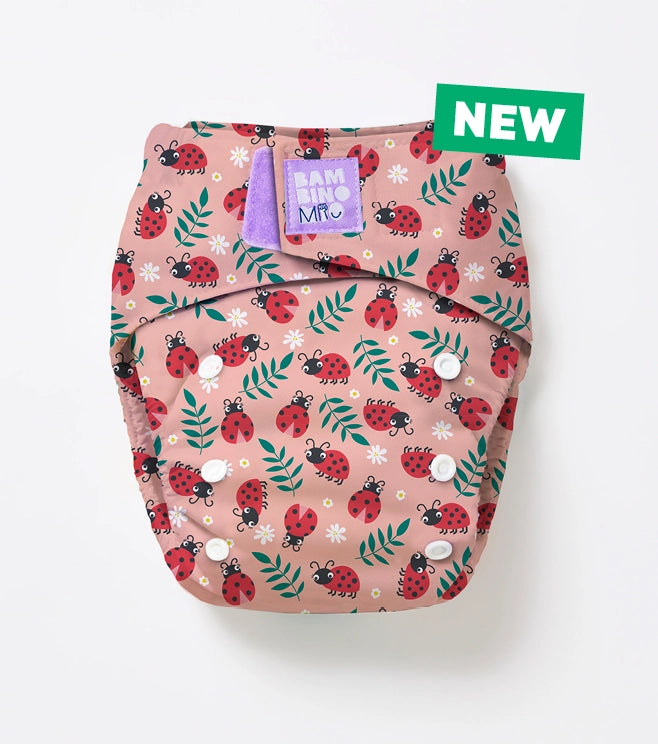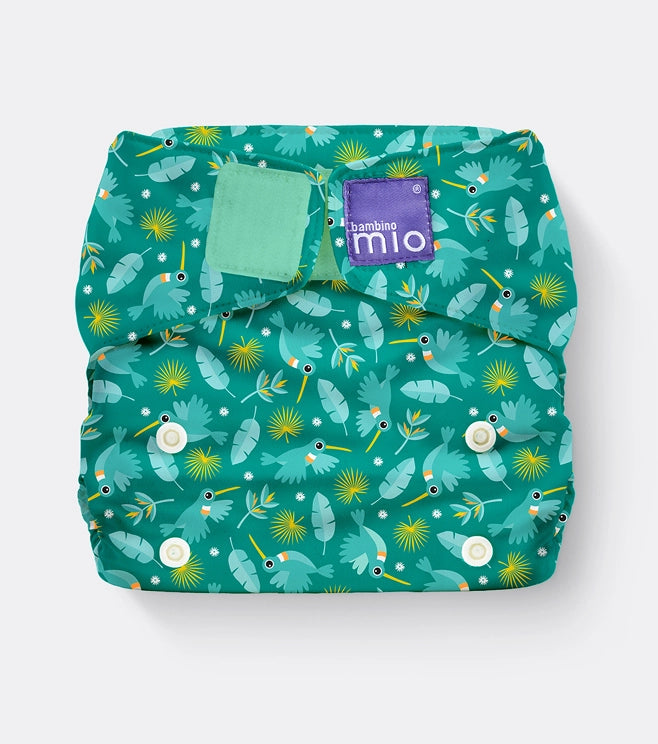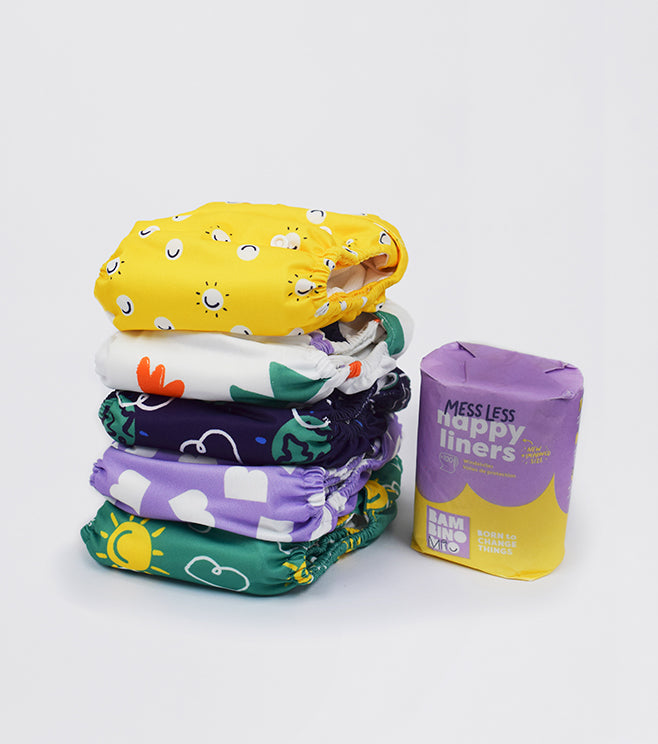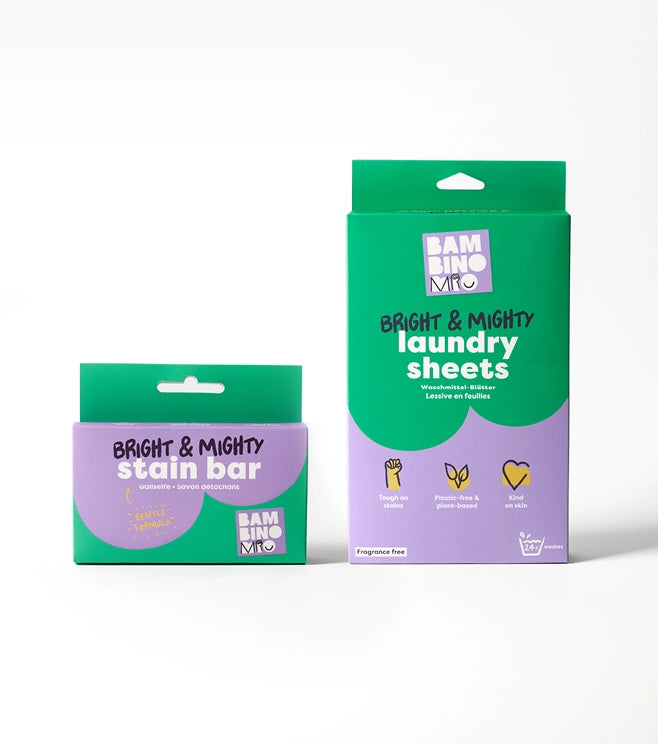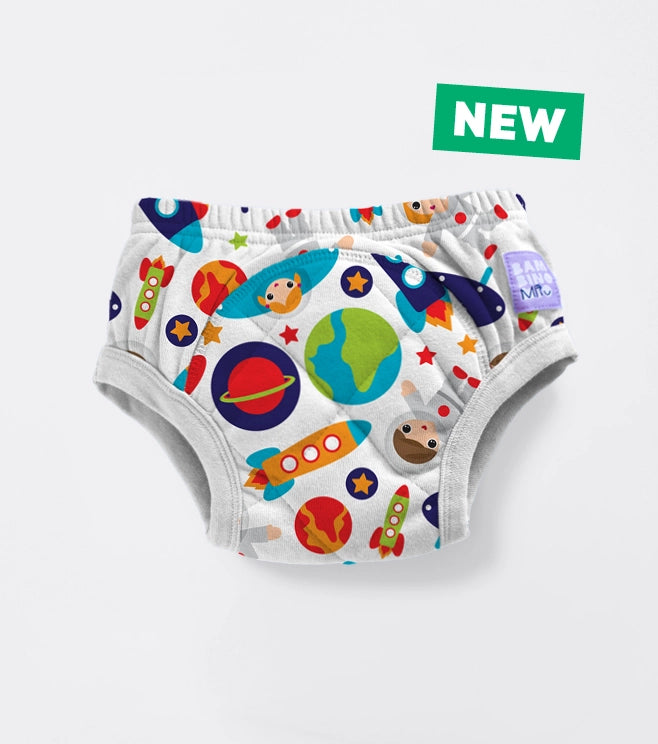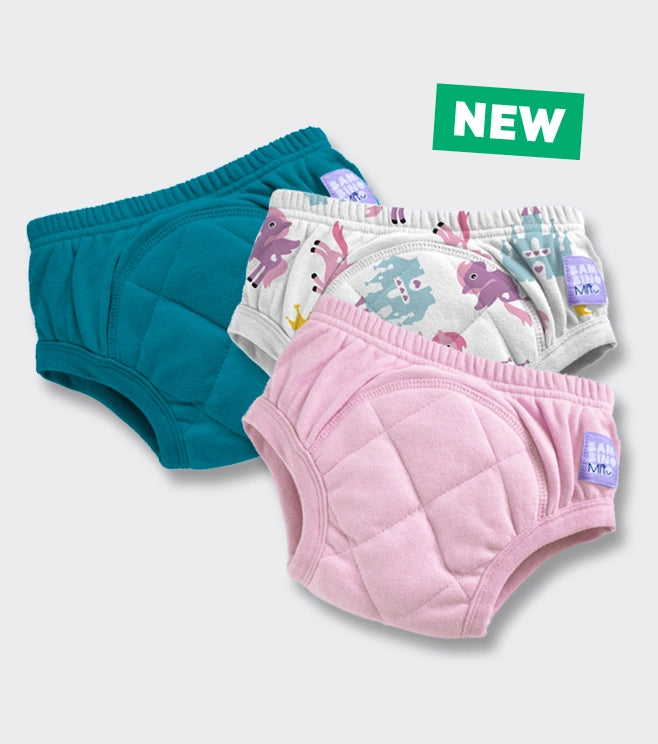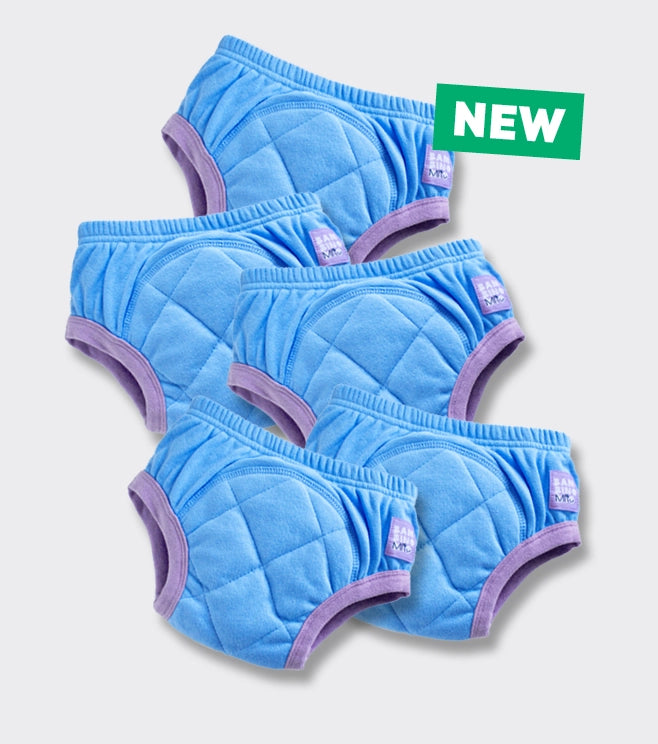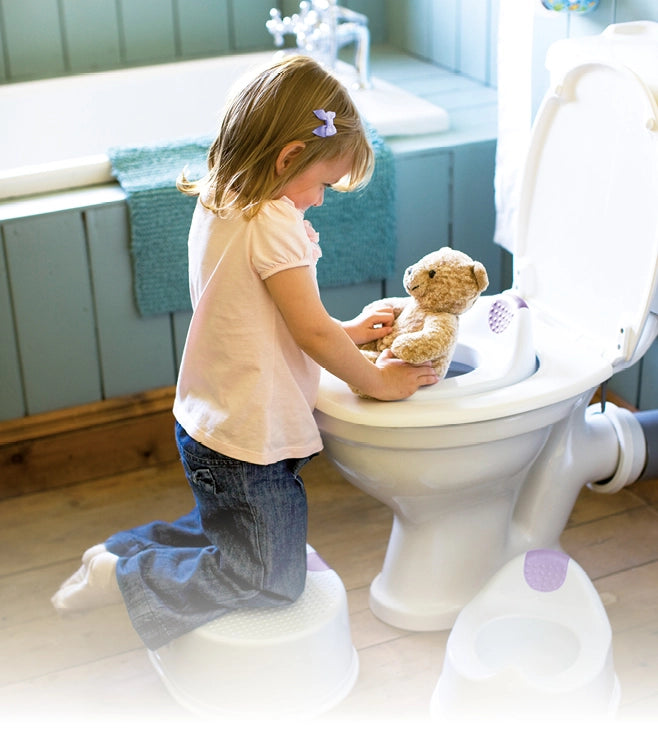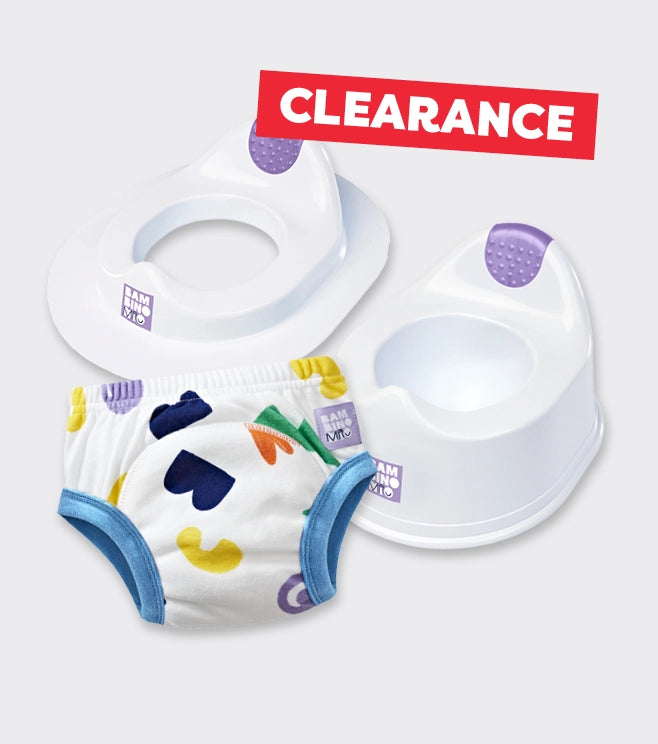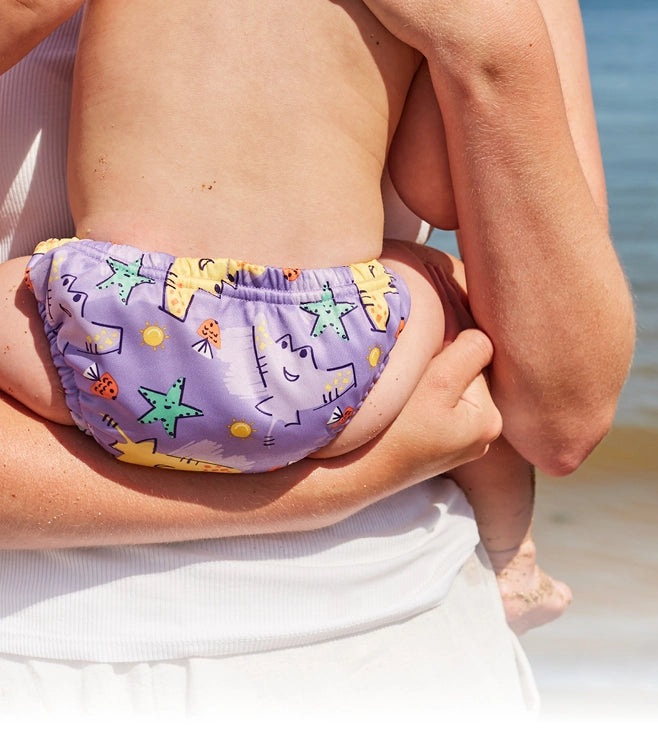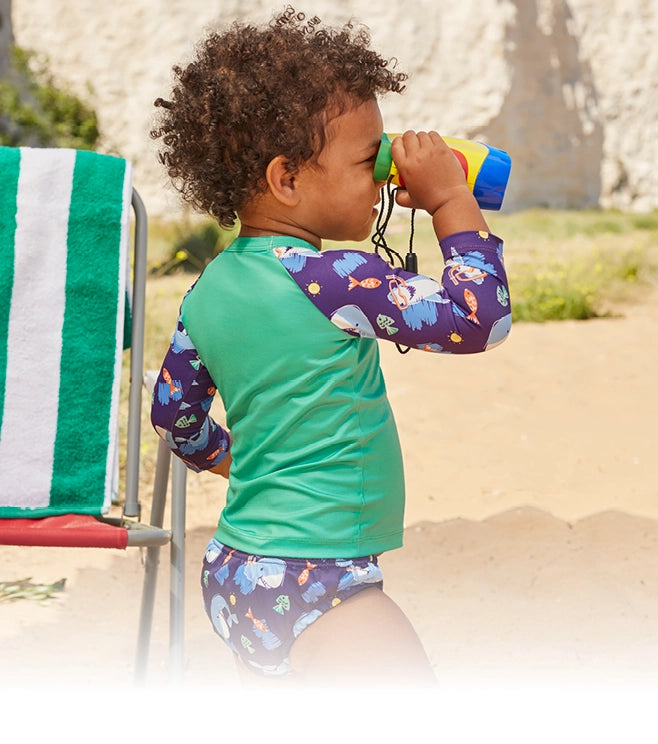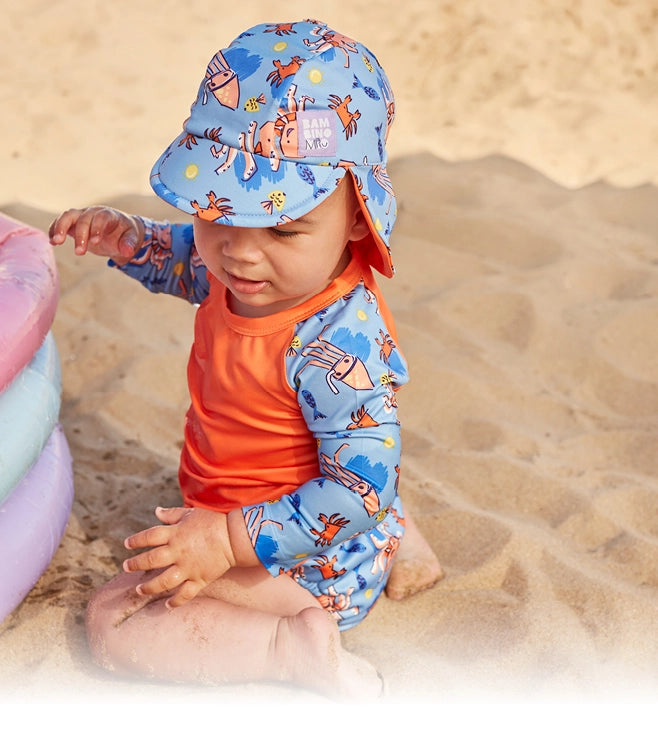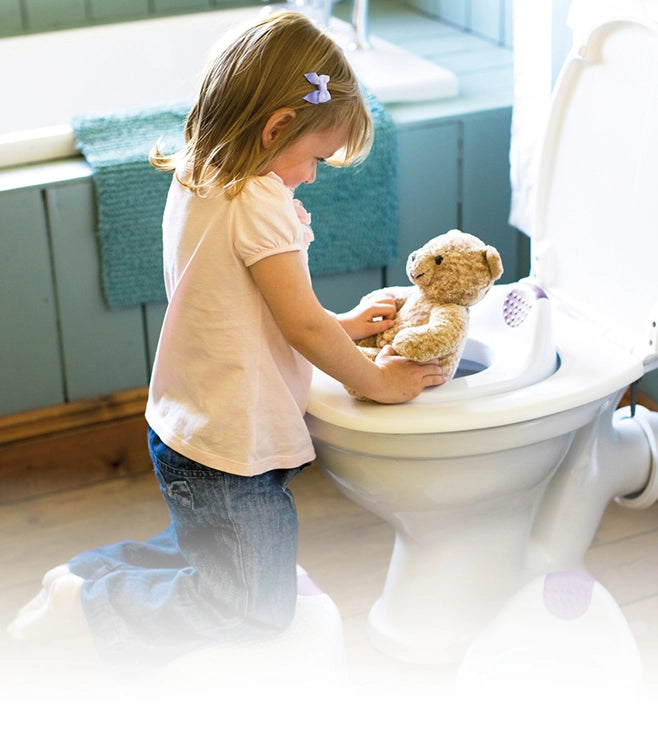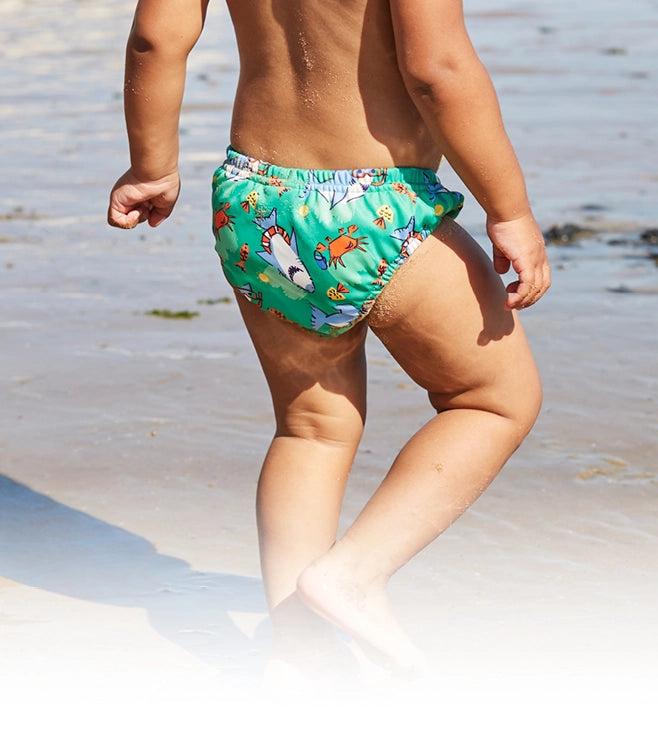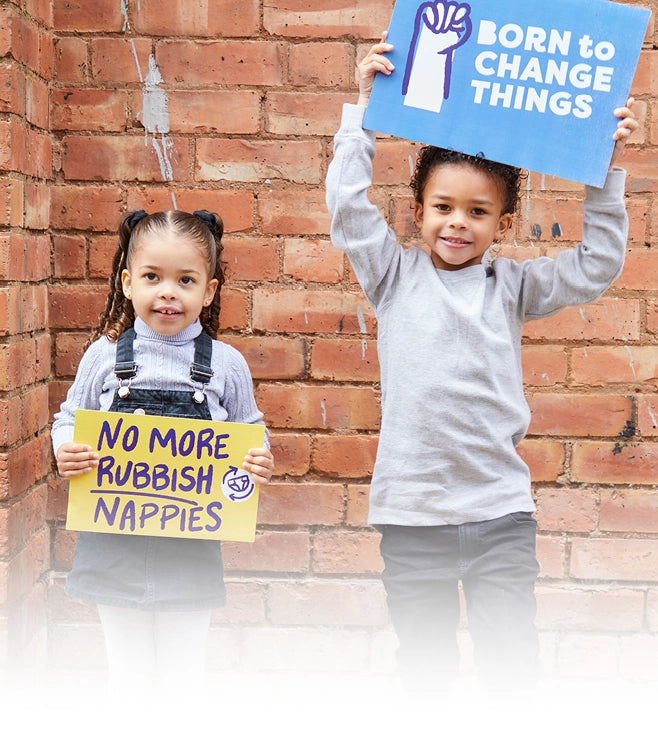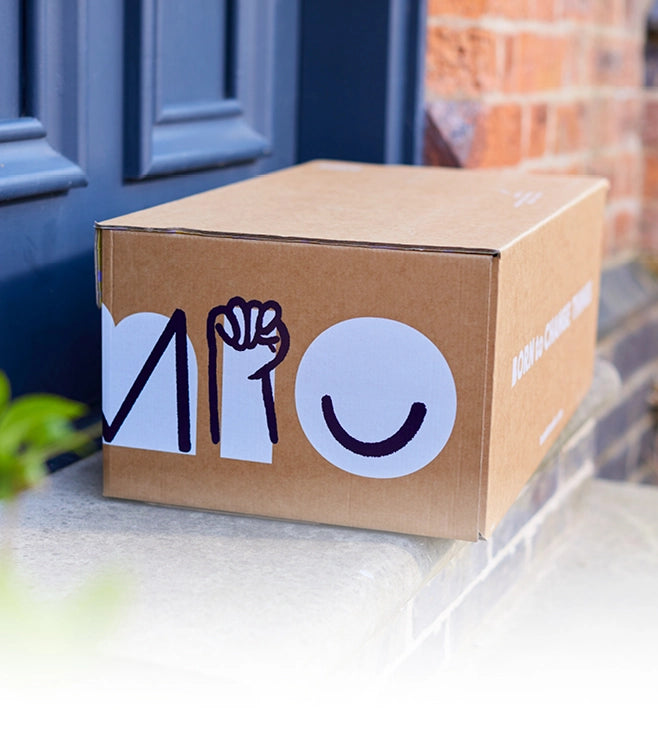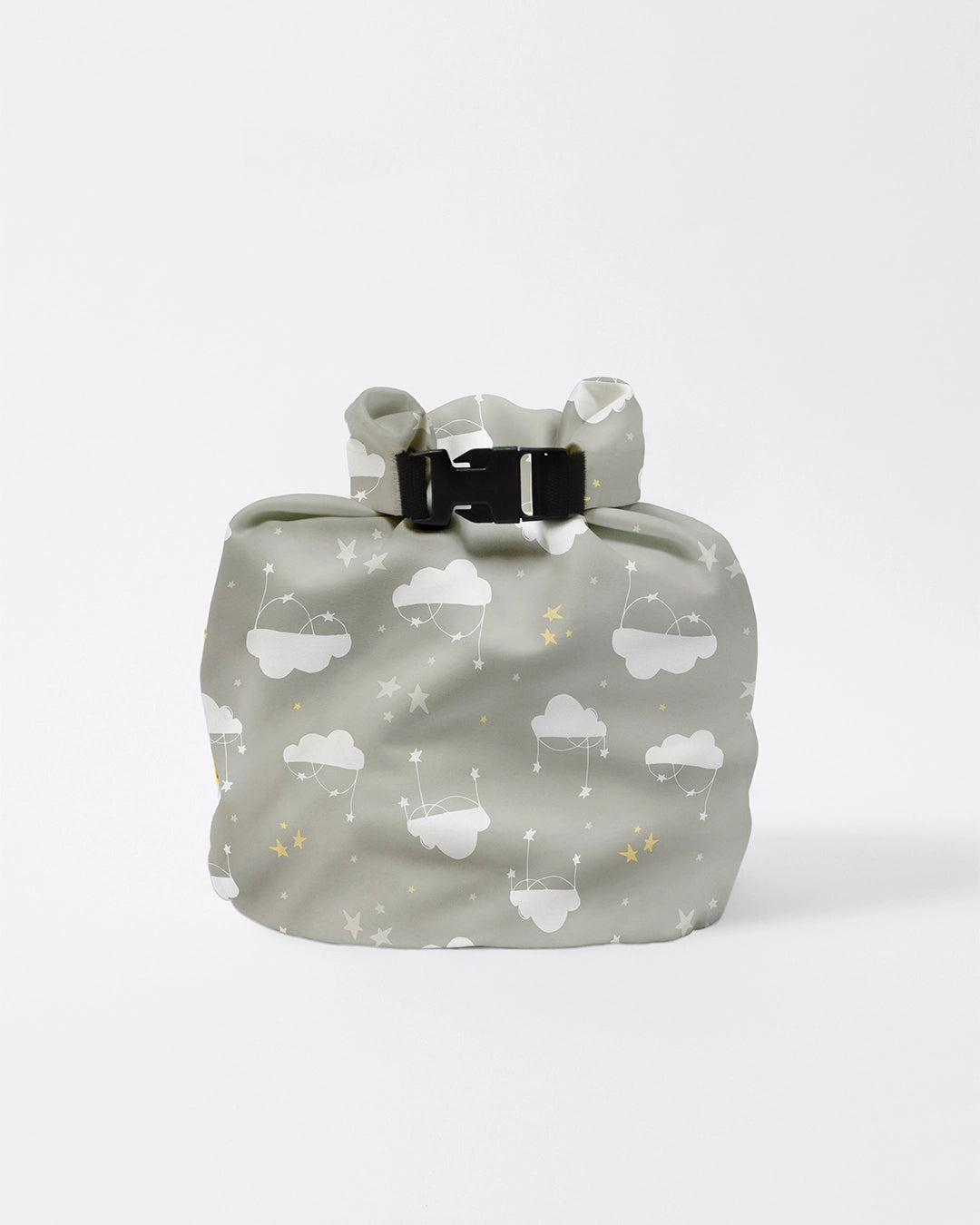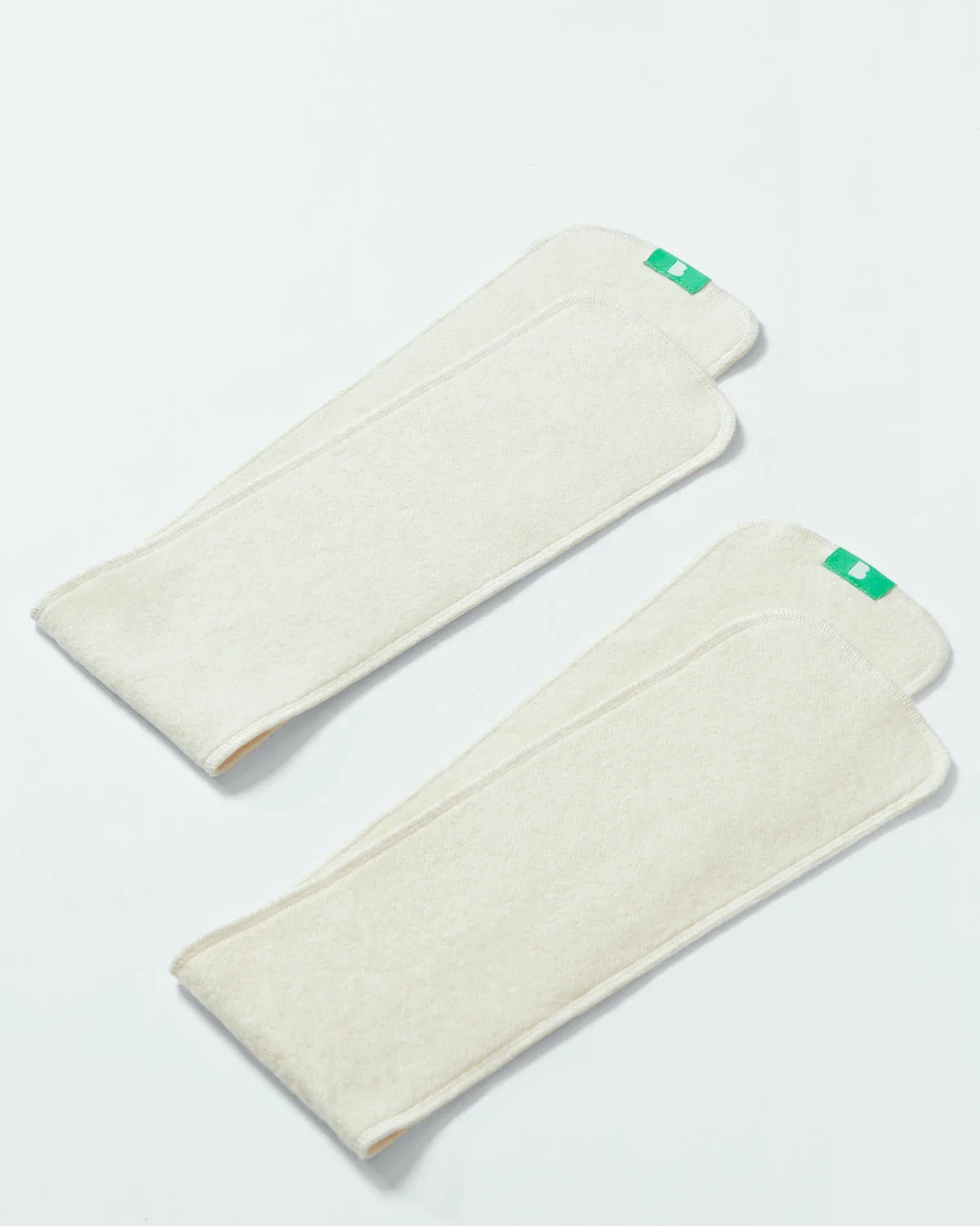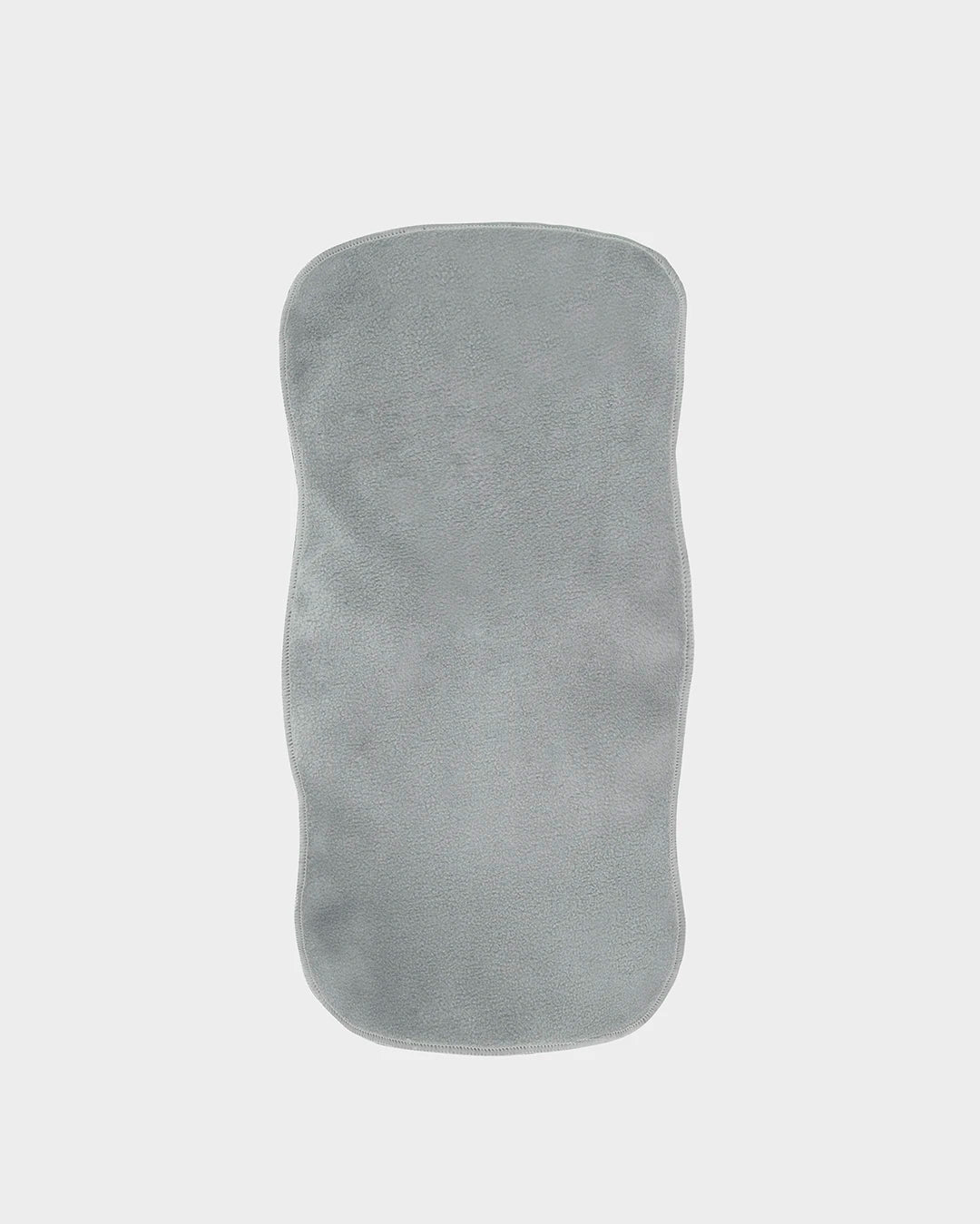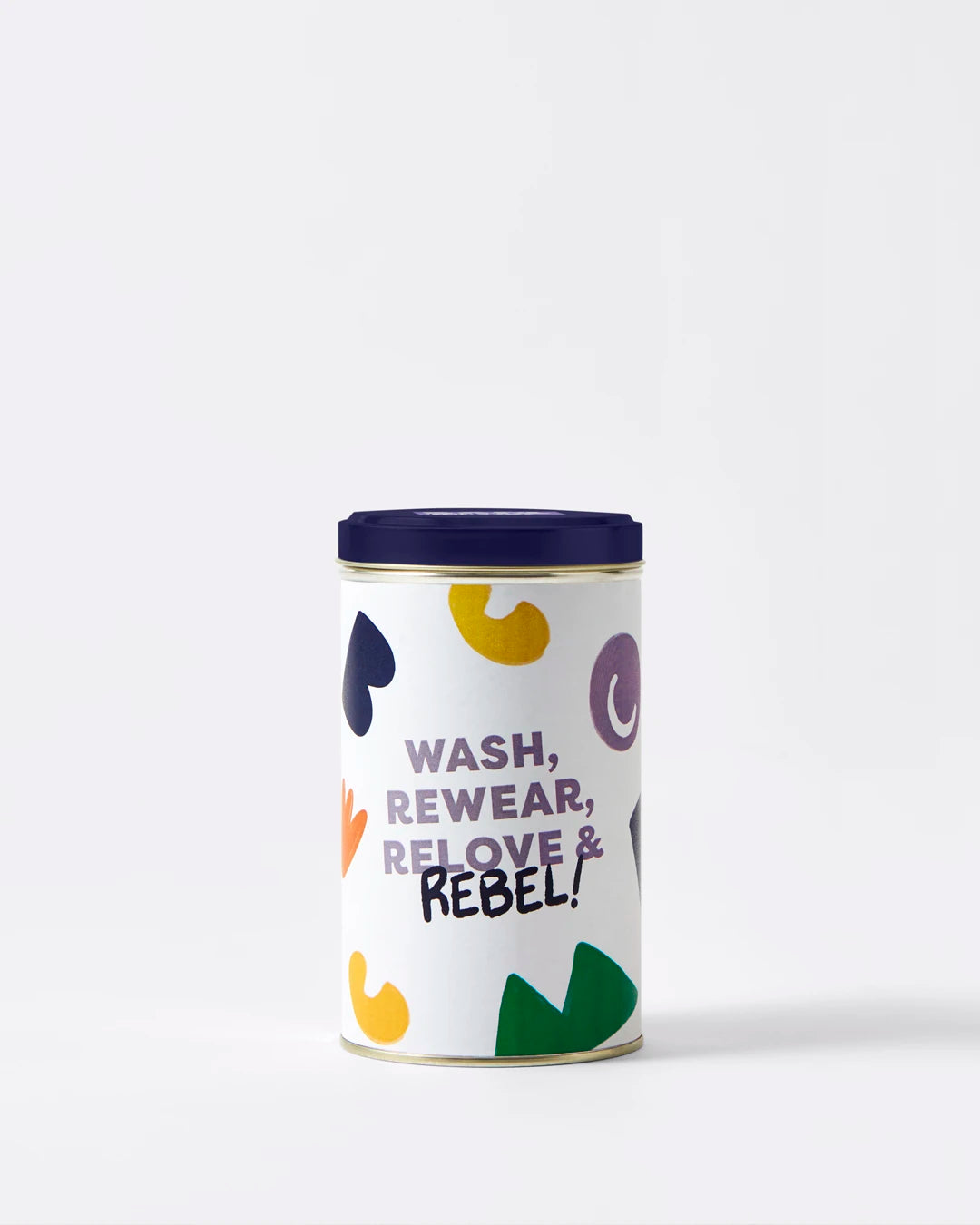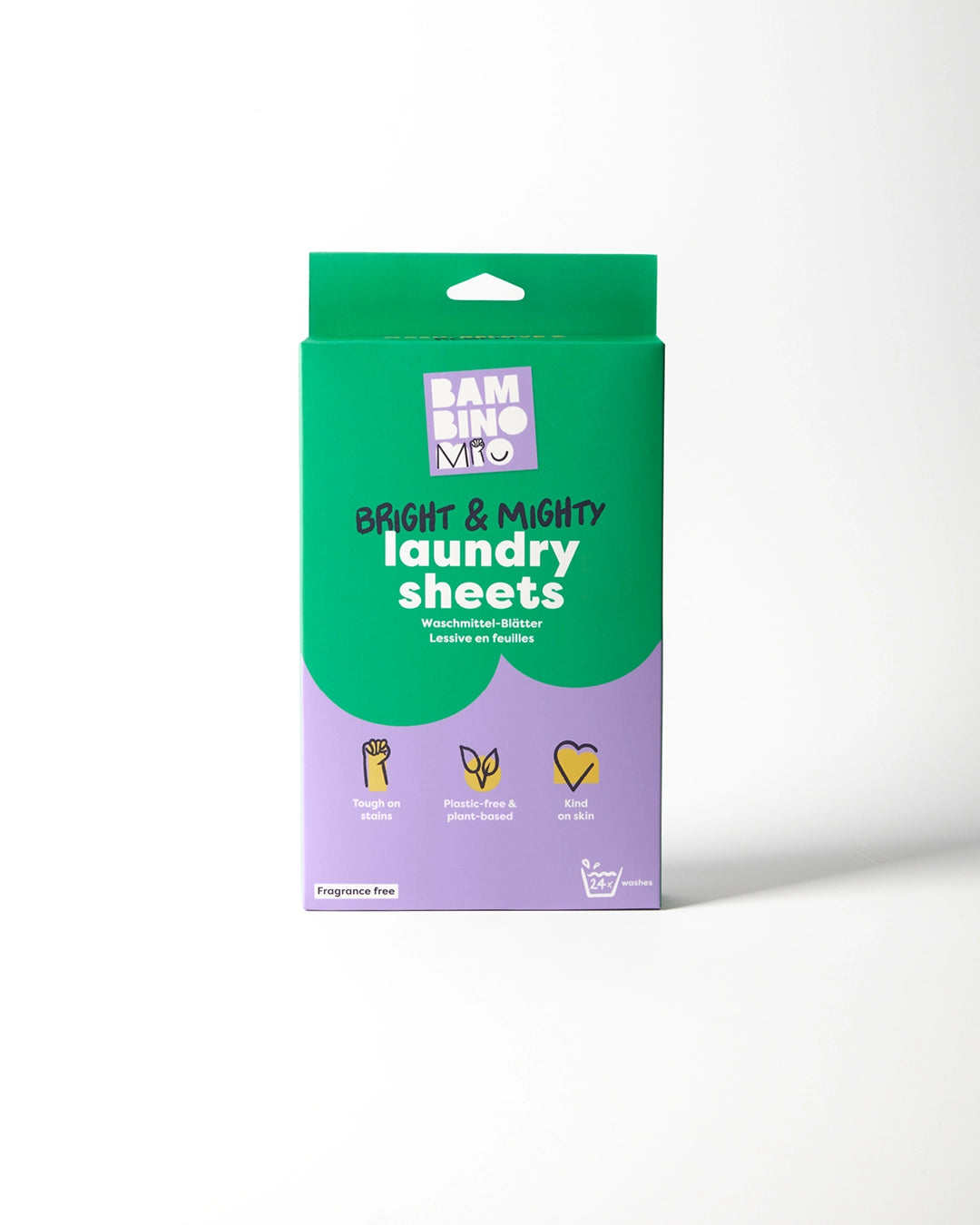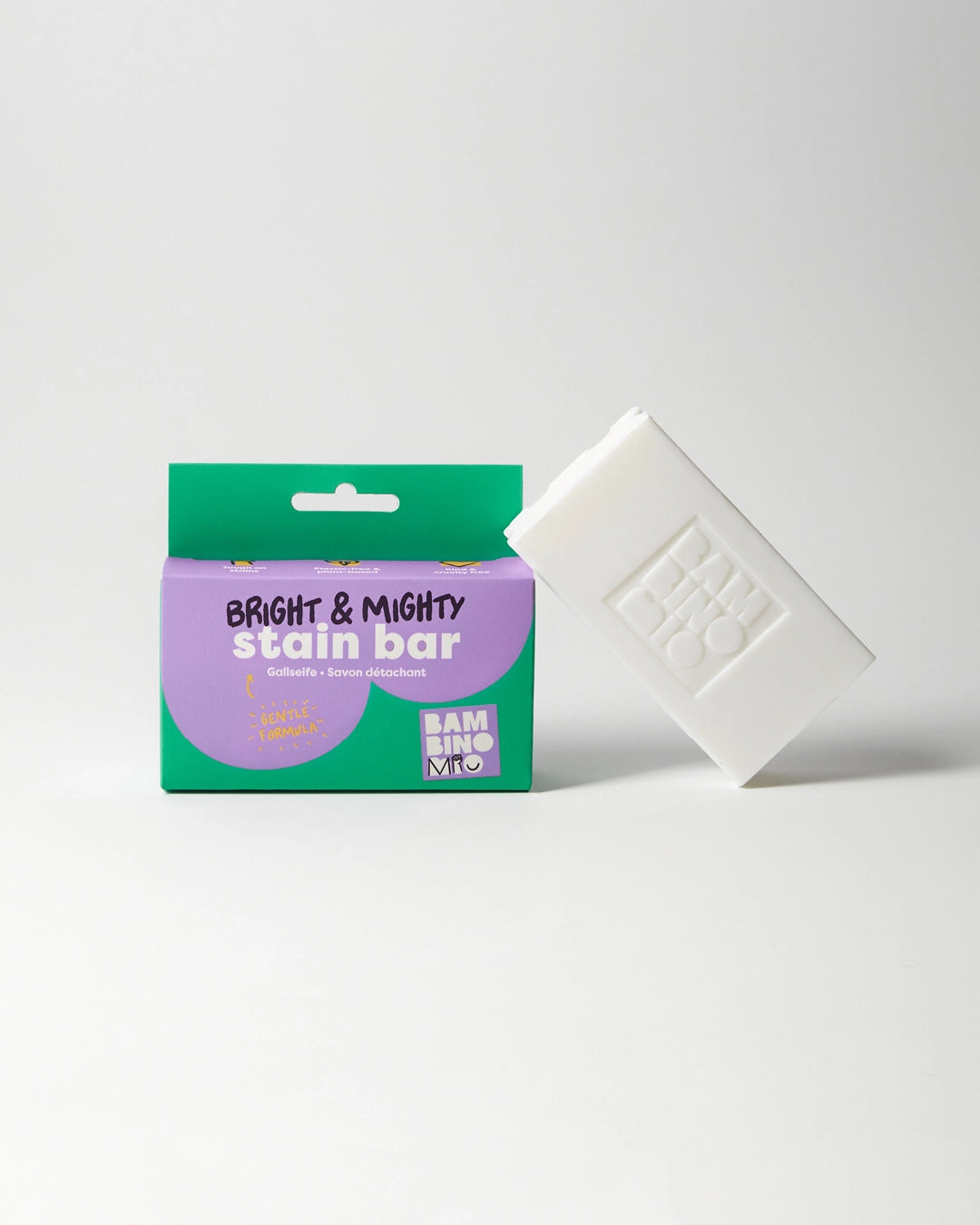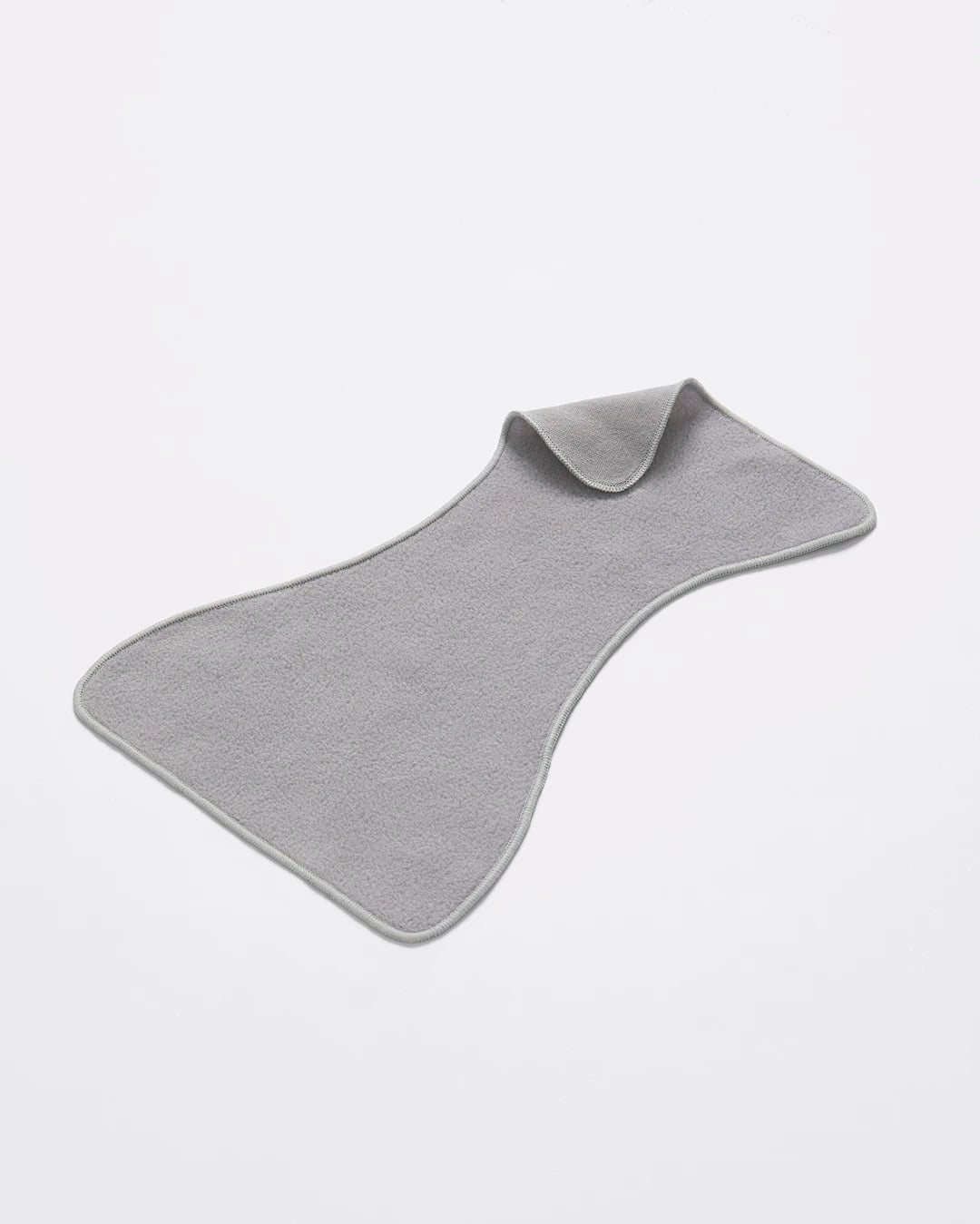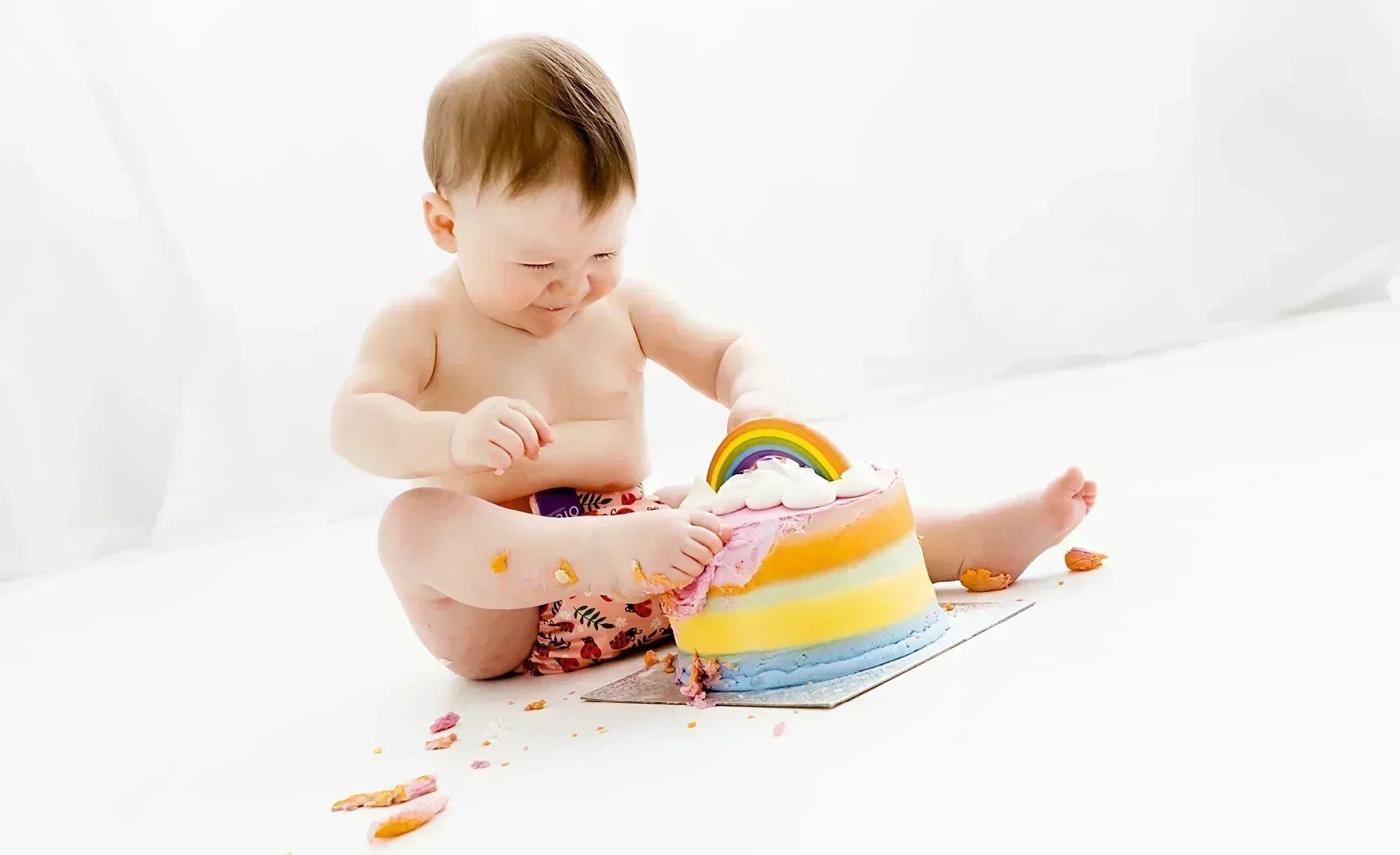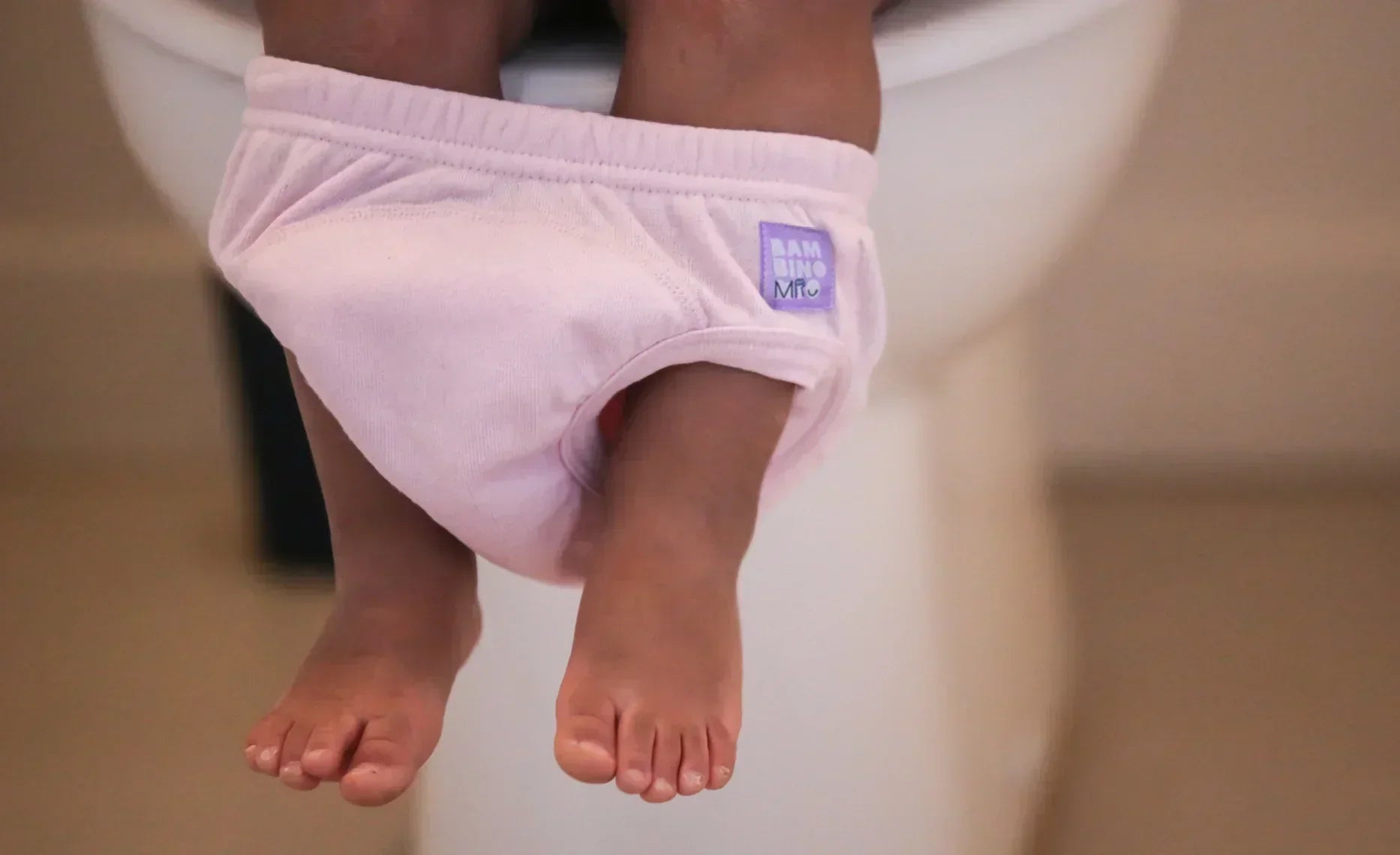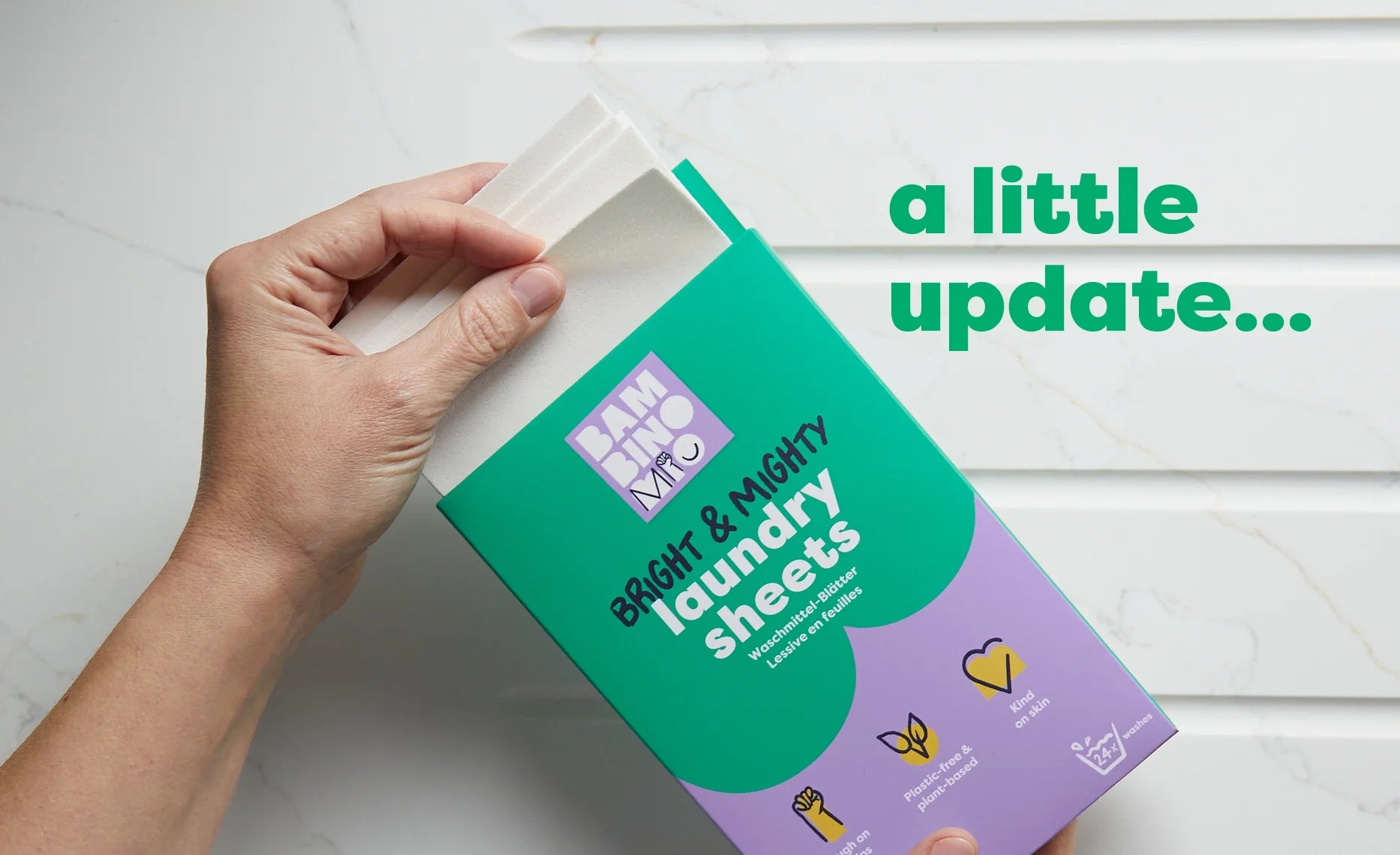Everything You Need to Know About Dry Pailing Reusable Nappies
Share Options
- Bambino Mio
- 30 / 10 / 2023

Inside this Article:
- What does dry pailing mean?
- Can you use a regular plastic tub or bucket?
- Where should you keep your dry pail?
- Is dry pailing reusable nappies really less smelly than soaking them?
- Dry pailing your reusable nappies is better for the fabric than soaking
- How do I start dry pailing my reusable nappies?
- How to wash dry-pailed reusable nappies
- Is there anything I can use to reduce the smell of my dry pail?
- My older baby uses fewer nappies each day now - what should I do?
At some point on your reusables nappy journey you’ll hear or read about dry pailing dirty nappies. The chances are that you’ll wonder how you dry pail reusable nappies before washing them and why it’s a better idea than soaking them.
What does dry pailing mean?
Dry pailing your nappies means that you store them in a bucket (pail) without water. This method of storing dirty nappies before washing them is much better than soaking for modern reusable nappies and it’s also less smelly, which might surprise you.
Can you use a regular plastic tub or bucket?
You can use a plastic or silicone bucket with mesh or holes in so that air can flow through the nappies and dry them out a little bit. You don’t need to use a lid, although you can if you prefer.
Our Stay at Home wet bag is also a great way to dry pail nappies, although it’s not strictly a bucket! The beauty of this particular wet bag is that you can leave the top open for airflow or close it tightly to trap smells if you prefer. It’s also very portable as it has straps as well as snaps so you can hang it anywhere.
Where should you keep your dry pail?
Your dry pail is best kept somewhere cool with at least a little bit of airflow, so somewhere like a downstairs toilet or by the back door is a good place to keep it.
Is dry pailing reusable nappies really less smelly than soaking them?
Yes, dry pailing is much less smelly than wet pailing (soaking them in water or a disinfectant solution). The reason for this is because they dry slightly while waiting to be washed, which reduces the amount of bacterial activity and ammonia build up.
Soaking dirty nappies in water for a day or two just results in poo-wee soup, which is really unpleasant to deal with on washing day. Just tossing slightly-smelly-but-dryish nappies into the washing machine is so much quicker and nicer.
Dry pailing your reusable nappies is better for the fabric than soaking
Modern reusable nappies have elastic and polyurethane laminated (PUL) fabric components which will be damaged by soaking, especially in a sterilising or detergent solution.
How do I start dry pailing my reusable nappies?
Quite simply, you remove as much poo as possible from the nappy and then place it in your dry bucket. Once you have enough nappies for a wash load - usually between 10 and 15 - you transfer your pail to the washing machine.
You need to unfasten the nappies and remove liners and boosters before they go into your bucket. If your reusables have Velcro tabs, close them over before they go into the washing machine so that they stay effective.
How to wash dry-pailed reusable nappies
If you tend to wash every other day or every third day, then you might want to start off with a quick wash cycle to remove as much wee and poo residue as possible before the main wash.
Is there anything I can use to reduce the smell of my dry pail?
Dry pailing your reusable nappies and wipes shouldn’t smell too much at all, but sometimes a whiff is unavoidable. If you’re worried about smells then you can always add a few drops of lavender or tea tree oil to the bottom of your bucket or wet bag to help.
My older baby uses fewer nappies each day now - what should I do?
Once you find that it’s taking more than a couple of days to gather a wash load of nappies, you can start to bulk out a nappy wash with wipes or towels. Alternatively, add a few (non-pooey) nappies to a regular wash - just make sure you’re not leaving your nappies for longer than three days maximum to prevent a damaging ammonia build up.


